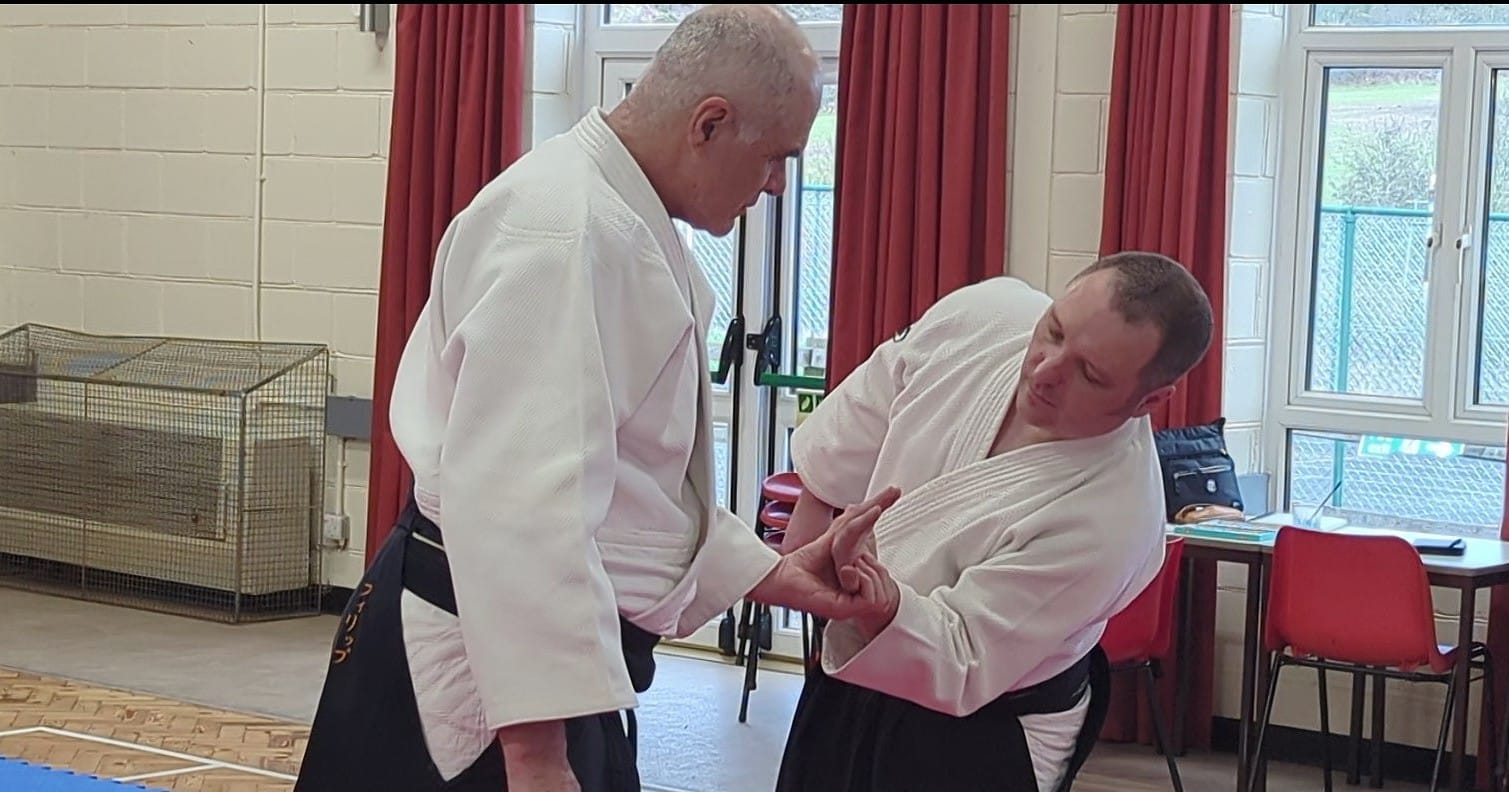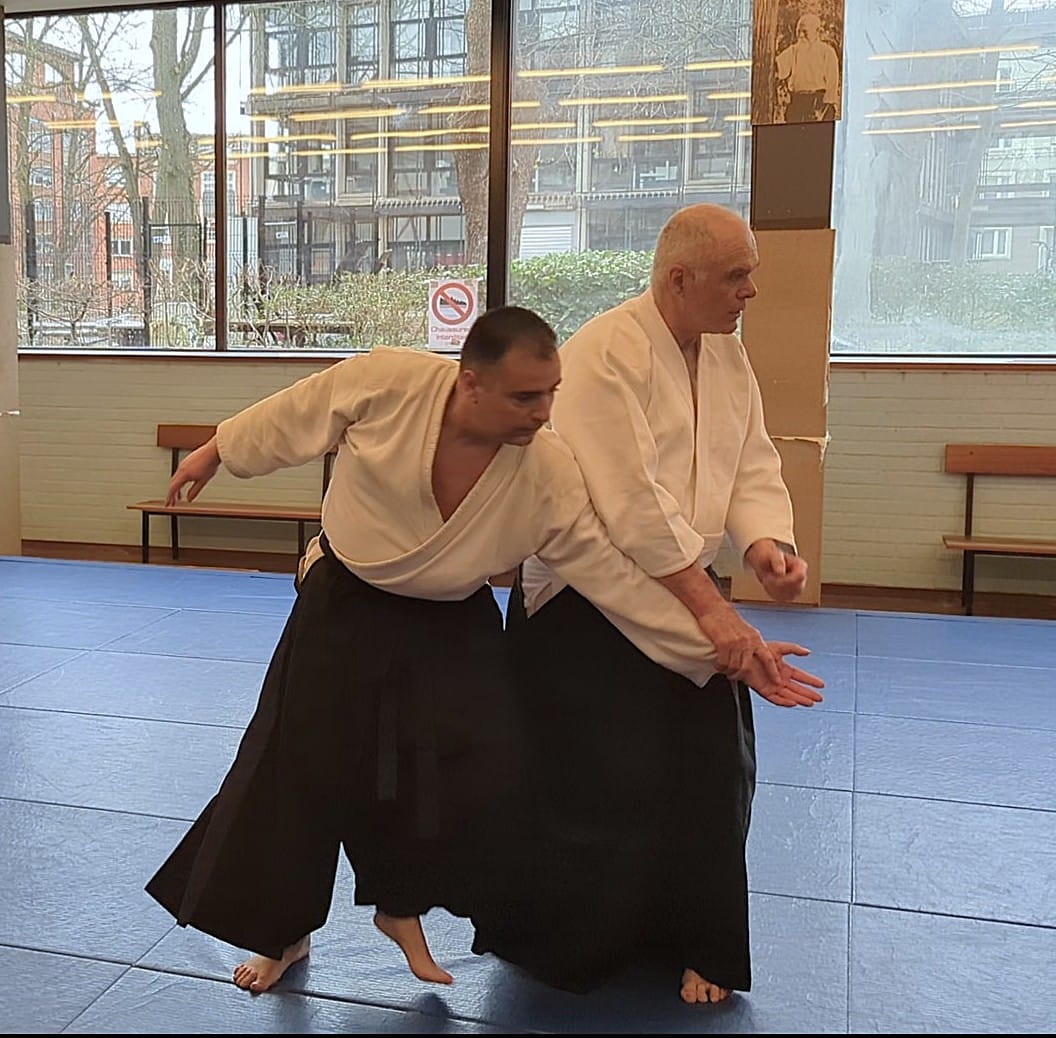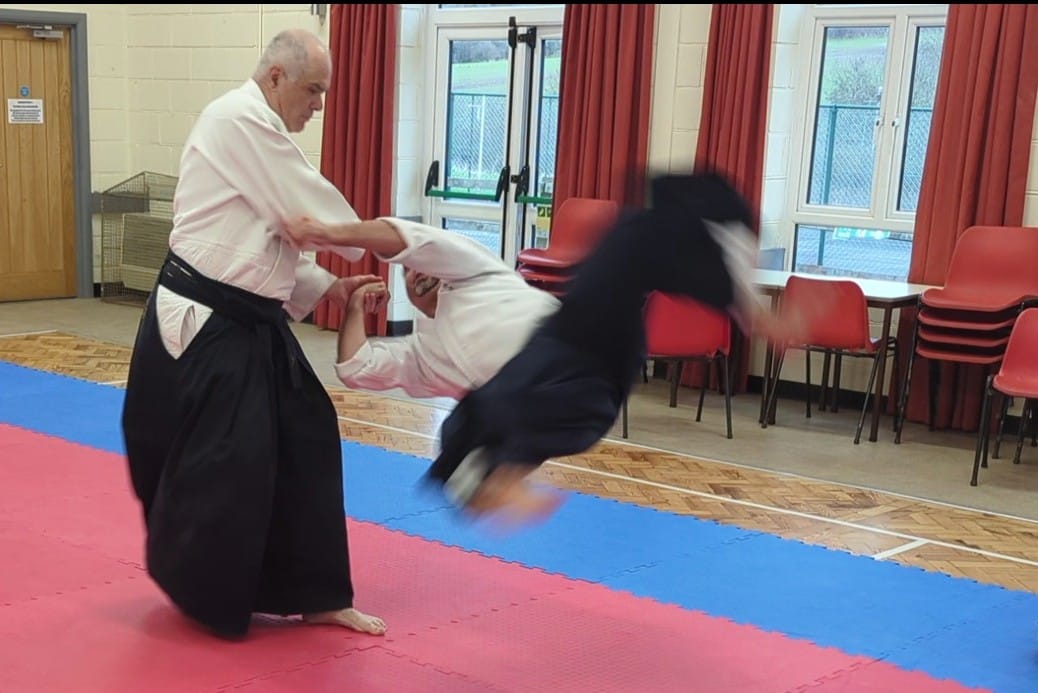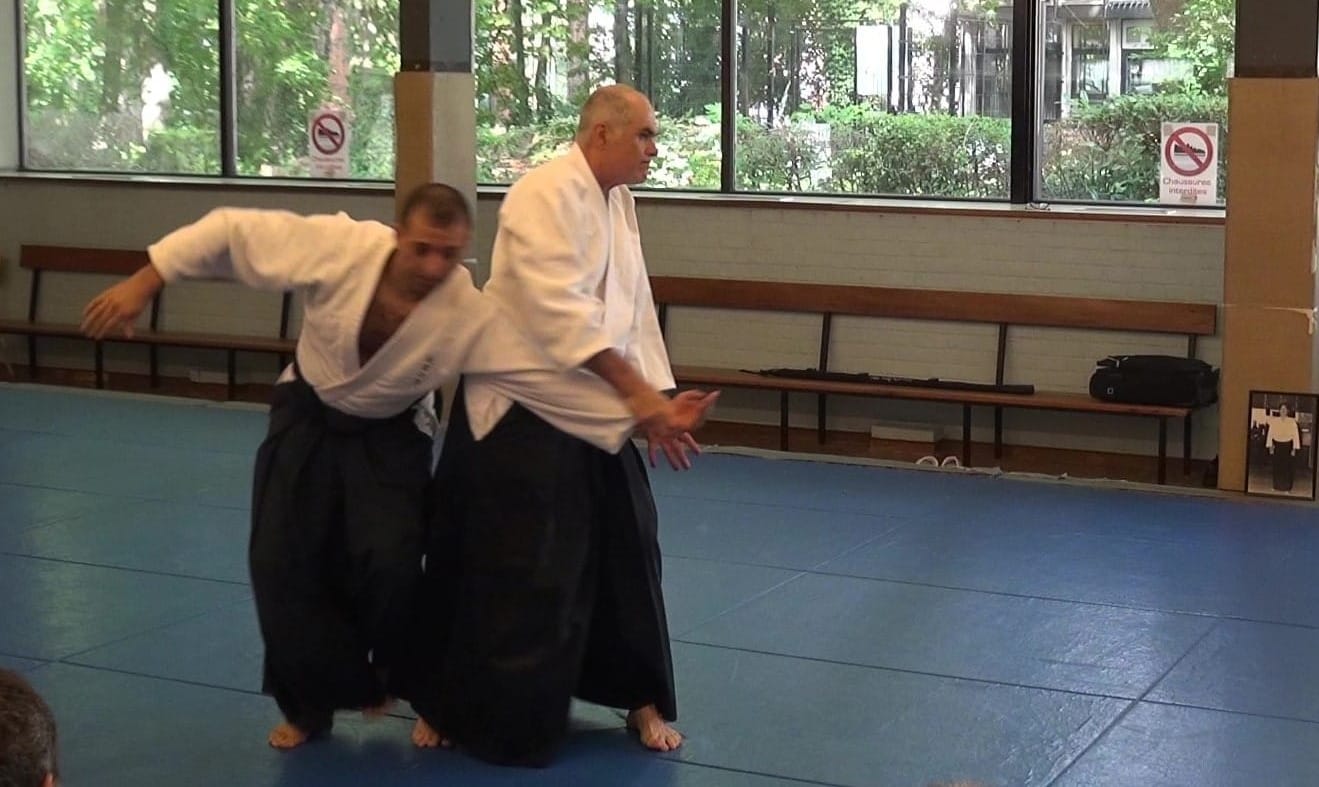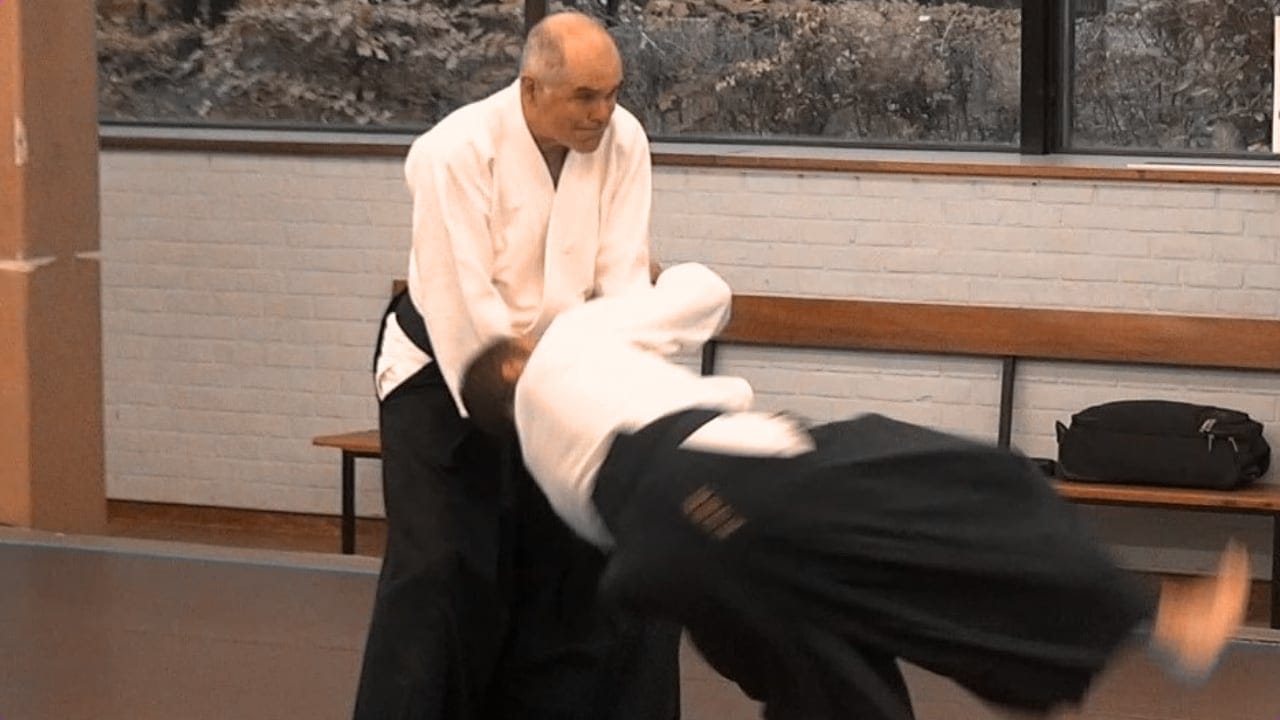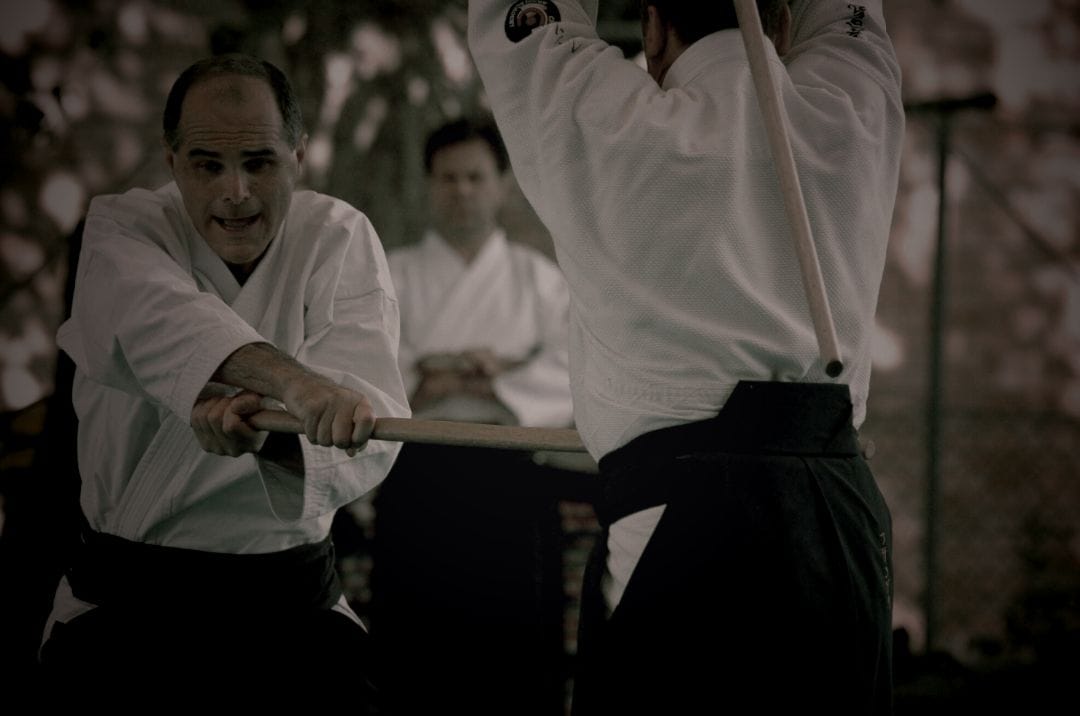Te (手) in Japanese means hand, but it also means arm.
Taka-te (高手) is the upper part of the arm, between the shoulder and the elbow.
Ko-te (小手) is the lower part of the arm, between the elbow and the fingertips.
Kote gaeshi therefore does not mean turning the wrist, but turning or overturning the part of the arm between the fingers and the elbow, that is, the forearm, the hand itself being considered in the East as part of the forearm.
The techniques of kote gaeshi, nikyo and sankyo are therefore not ‘wrist lock’ techniques, as is too often said, particularly in English. Understanding the etymology is very important here for the correct execution of the technique. This is because acting only on uke's wrist, hurting his wrist, has no effect on his body and will not throw him. The video explains this:
To unbalance uke and make him fall by acting on his entire skeleton, and not just on his wrist, the way you grab his hand is very important. This is because uke's forearm is moved by grabbing his hand. This is the point of connection, and the grip must be such that it provides sufficient leverage to act on his forearm, which will then act on his entire body through a chain reaction caused by the rotation.
Tori must therefore carefully place his thumb opposite his other fingers when he grabs. Only in this way can he transmit the irimi-tenkan rotation of his body to uke's hand, which will transmit it to the rest of his forearm (ko-te), which will transmit it to the upper part of his arm (taka-te), and thereby to his entire body.
Uke's hand can be grabbed from above or below, symmetrically (if one hand grabs from above, the other hand should grab from below). But the principle of action remains the same, as long as the grab is done as described above.

